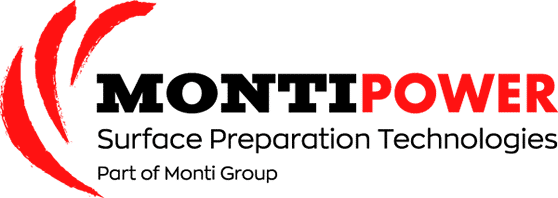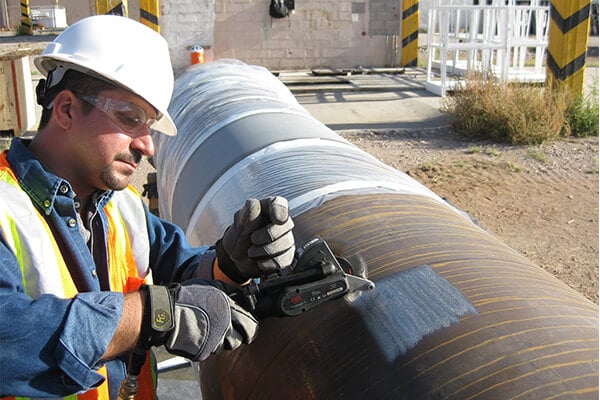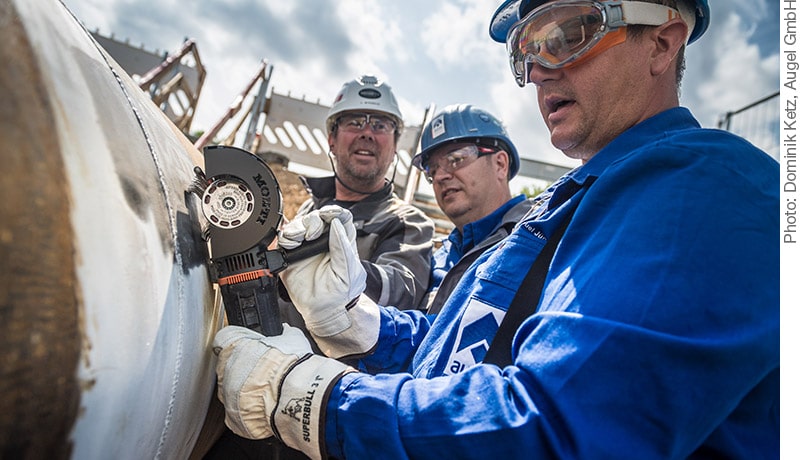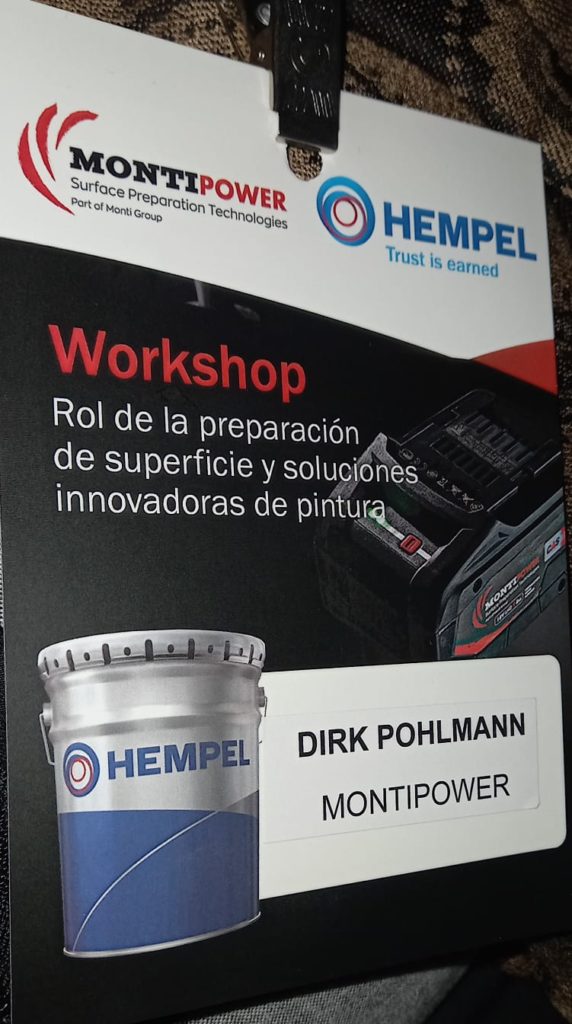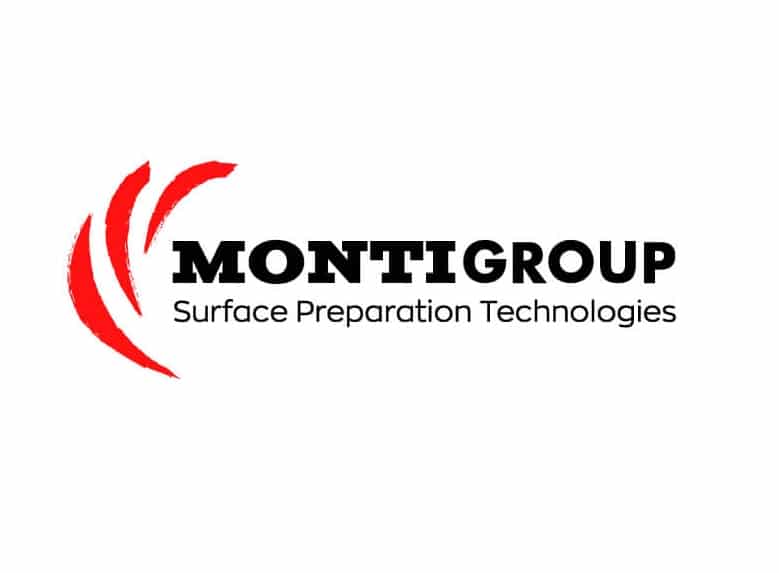BEAD BLASTING
Bead blasting has become an increasingly popular method of surface treatment. It is an effective and efficient method for removing dirt and oxidation from different materials.
There are various surface preparation techniques available to use and choose from. Abrasive blasting is the most well-know form of surface preparation. This method is often used for removing coatings, mill scale, paint and other dirt. In most cases, abrasive blasting involves applying air and an abrasive media with great force to the surface. This results in the removal of the material from the object. There are many different types of media to blast with. A few examples of blasting techniques with different media are: sandblasting, vapor blasting, vacuum blasting, wheel blasting and bead blasting. All these options have their own advantages and disadvantages. It this article, we will focus on bead blasting.
WHAT IS BEAD BLASTING?
The term bead blasting is often used for a range of blasting techniques, such as, sandblasting, grit blasting and abrasive blasting. However, this is not accurate since each form has its own definition involving different techniques. A more specific definition of bead blasting is where the blast media used to prepare the surface, is a round spherical media, often glass beads. Moreover, bead blasting is often used for finishing, cleaning, deburring and peening the surface of an object.
HOW DOES BEAD BLASTING WORK?
The term bead blasting is often used interchangeably with several other blasting techniques such as sandblasting, grit blasting, and abrasive blasting, however, each of these processes has its own distinct definition and applications. Bead blasting specifically refers to a process that utilizes a round, spherical media, usually composed of glass beads, to achieve specific surface preparation goals. Bead blasting is extremely effective for a range of finishing, cleaning, deburring, and peening applications and is not limited to any particular material or surface type.
The process works by propelling the glass bead media, which is typically housed in a pressurized vessel or cylinder, against the surface in line with predetermined settings, removing contaminants and debris, and creating a smooth, fine-finish on the surface of the object. The advantages of bead blasting come from the minimal etching that this process provides, along with the versatility it has when used for various surface preparation tasks.
ADVANTAGES OF BEAD BLASTING
There are several advantages of bead blasting. Unlike most blasting techniques, bead blasting does not harm the environment. The glass media is not damaging to human lungs and surrounding plants. Another advantage of glass beads, is that the beads can be recycled for continued use since the media is easily cleaned up.
DISADVANTAGES OF BEAD BLASTING
However, bead blasting is not suitable for tough materials. It can take a very long time when using the bead blasting method. Another disadvantage is the fact that the result may not last as long as when you use a steel blast media. Lastly, the use of glass beads will not leave any profile for paint adherence.
COMMON TOOLS FOR BEAD BLASTING
Effective tooling is needed to achieve the best result from the bead blasting technique. The most common tools used for bead blasting are the Bead Blaster Cabinets. This equipment is where the bead blasting process takes place. There are a few important components to keep in mind. The cabinet must have a good seal inside it. Moreover, the bead blaster gun is very important. In fact, there is no blasting without the blast gun.
WHAT IS THE DIFFERENCE BETWEEN BEAD BLASTING AND SANDBLASTING?
The difference between bead blasting and sandblasting is the blasting media that is used. With bead blasting, often glass beads are used to give a uniform finish on the surface at high pressure. Sandblasting uses sand as blasting media, to be precise silica sand. The use of sand also causes various health risks and harms the environment. The use of glass does not.
However, that’s not the only difference between the two blasting methods. The traditional sandblasting technique is much quicker than bead blasting. Sandblasting is also harsher on the metal material compared to bead blasting. On the other hand, sandblasting can reshape and smoothen the underlying component.
What Media is Used in Bead Blasting?
Different types of media are used for bead blasting. The blast media will depend on the material, desired surface finish, and application, but there are a range of media that are commonly used for bead blasting. Generally, materials such as glass beads, steel shot, aluminum oxide or plastic media are used.
Glas beads
Glass beads are a common bead blasting material. It’s usually made of lead-free, eco-friendly, soda-lime glass with no free silica. It can last and be re-used up to 30 times. It won’t change the material’s color.
Steel shot
Steel shot creates an attractive texture and is able to resist corrosion, but it is also heavier than other materials so it requires a more powerful blast machine.
Aluminum oxide
Aluminum Oxide is an abrasive, angular grit used often instead of sand blasting. It’s hardness and shape make it good for etching hard materials quickly.
Plastic media
The most popular type of plastic blasting media is Urea, consisting of angular-shaped grains of recycled plastic. Lightweight and gentler than other abrasives, it is highly reusable.
Ultimately, the most appropriate media will depend on the material and application.
IS GLASS BEAD BLASTING SAFE?
Glass beads will not cause dust and debris as it does with the use of silica sand. For that reason, the use of glass beads is considered safer than other blasting media. When using adequate protection, the bead blasting process can be safe and comfortable.
ALTERNATIVE TOOLS TO BEAD BLASTING: THE BRISTLE BLASTER® AND MBX®
The Bristle Blaster® and MBX® from MontiPower are the new developments in the field of surface preparation. Due to the specially developed technology with patented brushes, the power tools are the perfect alternatives for the existing blasting equipment.
With the use of the Bristle Blaster® and MBX® from MontiPower, blasting with different types of loose abrasives is a thing of the past for smaller areas and difficult to access areas. The tools are easy to use, are – unlike blasting – completely safe and very effective. Not only in cleaning surfaces, but also in processing them.
With their impact, the brushes of the power tools create a profile on the surface that can be compared to the surface profile that is created after blasting. In this way, MontiPower tools are the ideal alternative to sandblasting.
HOW DO MONTIPOWER ABRASIVE BRUSHES WORK?
The Bristle Blaster® and MBX® from MontiPower are hand-operated tools, which are equipped with a rotating brush. These specially designed brushes are characterized by their sharpened flexible tips with kneed ends.
By rotating the brushes at a low RPM, the different types of surfaces are processed and cleaned easily, quickly and effectively. The kneed tips of the brushes play an important role in this. These points are held back for a very short time during the rotation of the Bristle Blaster Brush by the so-called ‘accelerator bar’. Due to this short interruption, the points – partly due to the high speed at which the brush rotates – are released with great power from behind the accelerator bar. This technique ensures that the curved tips of the brushes are immediately retracted upon contact with the surface, effectively cleaning the surface and also providing it with the characteristic micro-structure. It makes MontiPower tools the ideal surface preparation method for many sectors, and a great alternative to blasting with abrasives.
ALTERNATIVE TO BLASTING WITH ABRASIVES IN DIFFERENT SECTORS
With their many advantages, our power tools ensure that they are the ideal alternative to cleaning with abrasives for many markets. As mentioned, the traditional ways of blasting can be harmful to humans and animals, but also damaging to the environment. It makes the Bristle Blaster® and MBX® from MontiPower, among other things, an excellent alternative for surface preparation in the maritime and industrial sector.
In addition, the convenience and effectiveness of the various power tools play an important role in many sectors. A good example of this is the work in public infrastructure. The blasting of bridges, tracks and highways, among other things, is a very time-consuming and labor-intensive job, which is subject to a lot of pressure because of the time. When blasting these objects, workers are also exposed to various small particles and possible chemicals. With the use of the Bristle Blaster® and MBX® from MontiPower, abrasive blasting is a thing of the past.

Frits Doddema
Author of MontiPower®
Leadership | Sales | Marketing | Development
He is passionate about alternating solutions which make a true difference. Nothing is impossible is his credo. To make the impossible possible, Frits and the management believe in just one idea to make it happen and to turn the company in a great firm. The innovative approach for game-changing blasting and paint solutions is hands-on keeping in mind the difficult field circumstances for operators, respecting nature and long term costs. The mission is to avoid any disagreement over quality of prep work and coating. Frits and his team push for non-hazardous long term corrosion prevention solutions to overcome any hassle out of a coating job ensuring the best possible bond. The world’s best coatings deserve the world’s best surface preparation. Like in daily life, preparation is everything. From different perspectives like Safety, Health, Ergonomics, Productivity, Recyclability, Co2 neutrality of the plant and the coating process, Substrate Compatibility, Corrosion Resistance, Frits and team are driven to come with improved unique contribution solutions to existing and new end markets.
News
The latest news about us
 Dutch
Dutch English
English